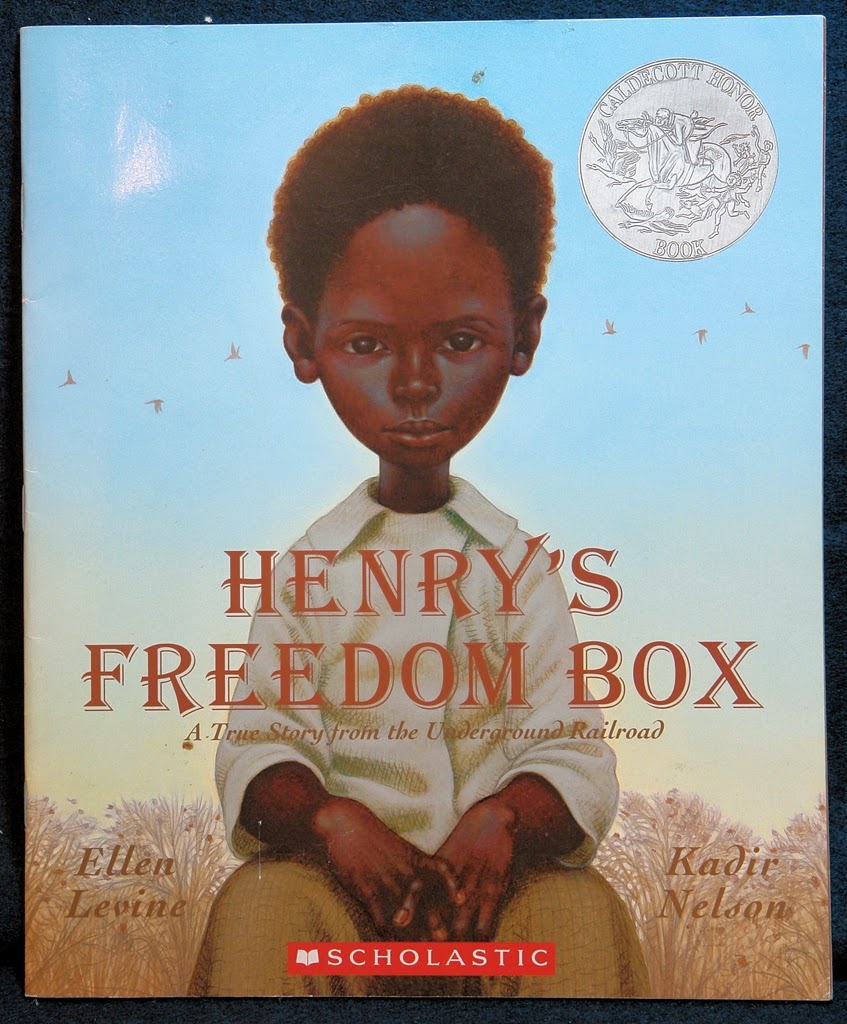 The Keeping Quilt, by beloved children's author Patricia Polacco, is a beautiful Historical Fiction genre book that that can give a grade 3-5 reader a peek into the Multi-culutral word of its author. In this story we take a journey from Polacco's homeland of Russia to the brand new world of America. As Patricia's main character, Anna, transitions into this new and strange land she finds comfort and refuge in meaningful and sentimental tradition that becomes all wrapped up in the beautiful tapestry of a quilt.
The Keeping Quilt, by beloved children's author Patricia Polacco, is a beautiful Historical Fiction genre book that that can give a grade 3-5 reader a peek into the Multi-culutral word of its author. In this story we take a journey from Polacco's homeland of Russia to the brand new world of America. As Patricia's main character, Anna, transitions into this new and strange land she finds comfort and refuge in meaningful and sentimental tradition that becomes all wrapped up in the beautiful tapestry of a quilt.First published in 1988 and re-released in 2001, this book is a timeless story of the journey of a immigrating family that must find their new place in a new land while holding on tight to their culture and their family's history. The gorgeous, detailed illustrations in this book use the artistic facet of color to embolden the emphasize of the culture and tradition that Anna and her family hold dear through many generations. The color visually emphasized in the quilt brings the quilt to life and makes it another main character as it is passed from mother to daughter over the years. The quilt portrays the theme that the love and tradition of a family can truly stand the test of time.
Discussion Questions:
- What is an immigrant?
- What would it be like to leave everything behind to go to a new land?
- What things would you want to take with you to remember your home?
- How would you feel if you went to a school where no one else spoke English?
- What traditions did Anna's family keep besides the quilt? What are some examples?
- Why do you think the quilt is so important to Anna's family?
Motivational Activity:
Students will be given squares of construction paper, crayons, and glue sticks to make their own keeping quilt. Students will discuss the pictures on Anna's quilt and what each one meant to her and her family. Students will then be asked to pair share with their partner about what are some things in their lives that mean a lot to them, their family, and culture. After each partner has been given the opportunity to share they will then get to work independently on decorating their squares and then past them onto one big sheet of paper to create their own quilt. They can even take a few squares home to decorate with their family before bringing them back to decorate their quilt. The quilts will be displayed around the room for when the class has a cultural night where parents are invited to attend and see their child's quilt.
If you like this Historical Fiction Book, here are some other titles you might enjoy:
*Babushka's Doll (1990) : Grades 3-5
*Pepe the Lamplighter (1997) : Grades PK-3
Resource:
Polacco, P. (1988). The keeping quilt. New York, NY: Simon & Schuster


